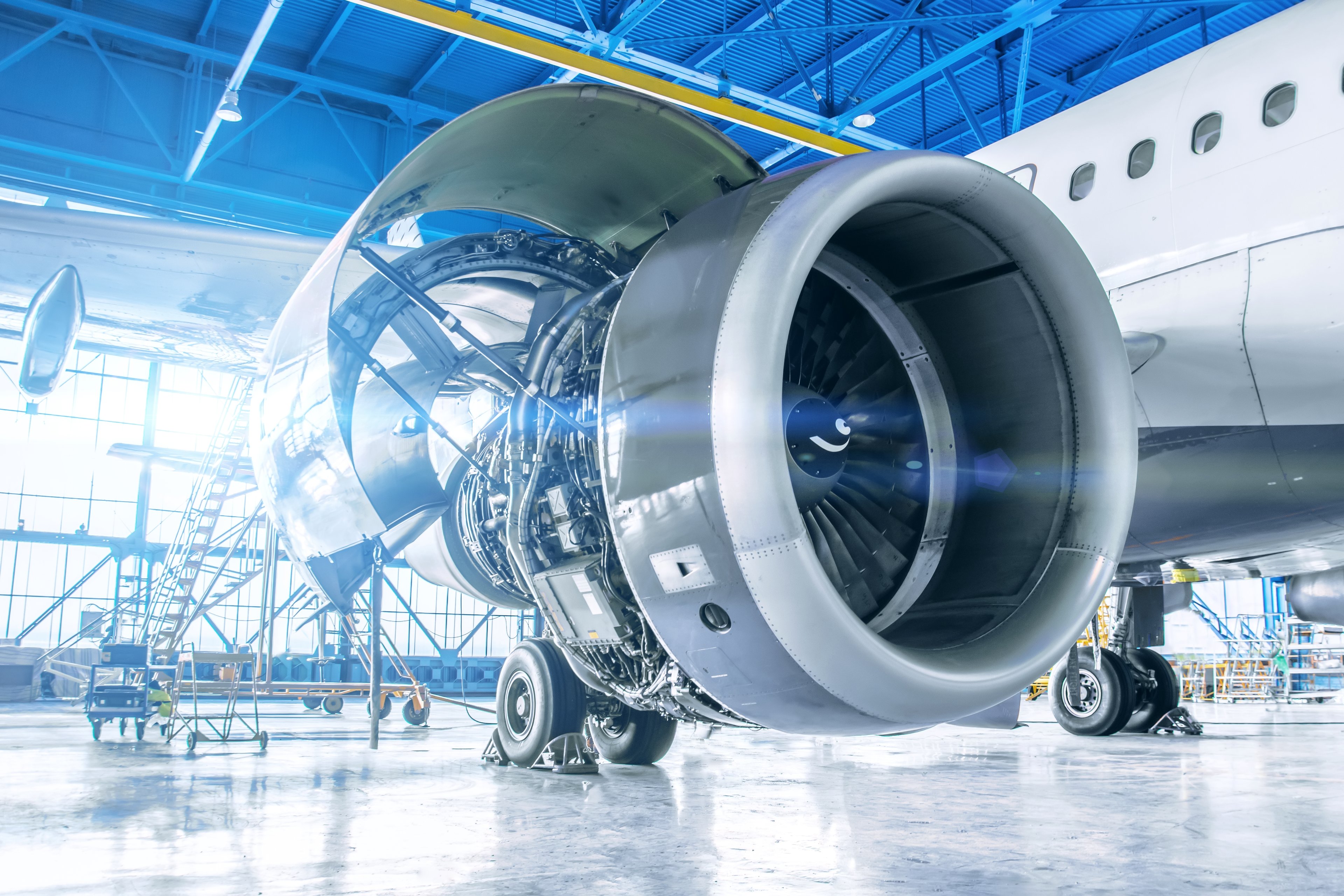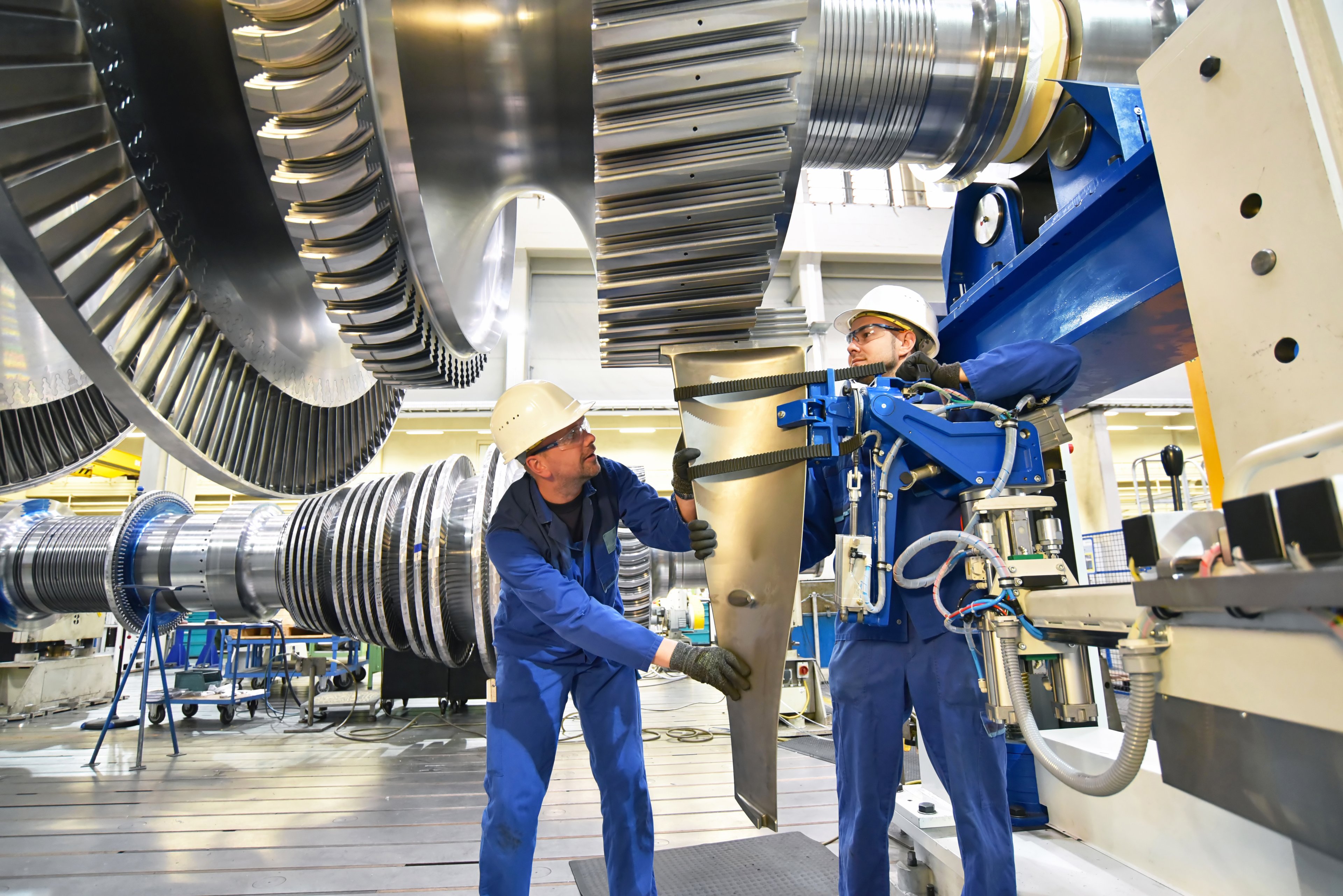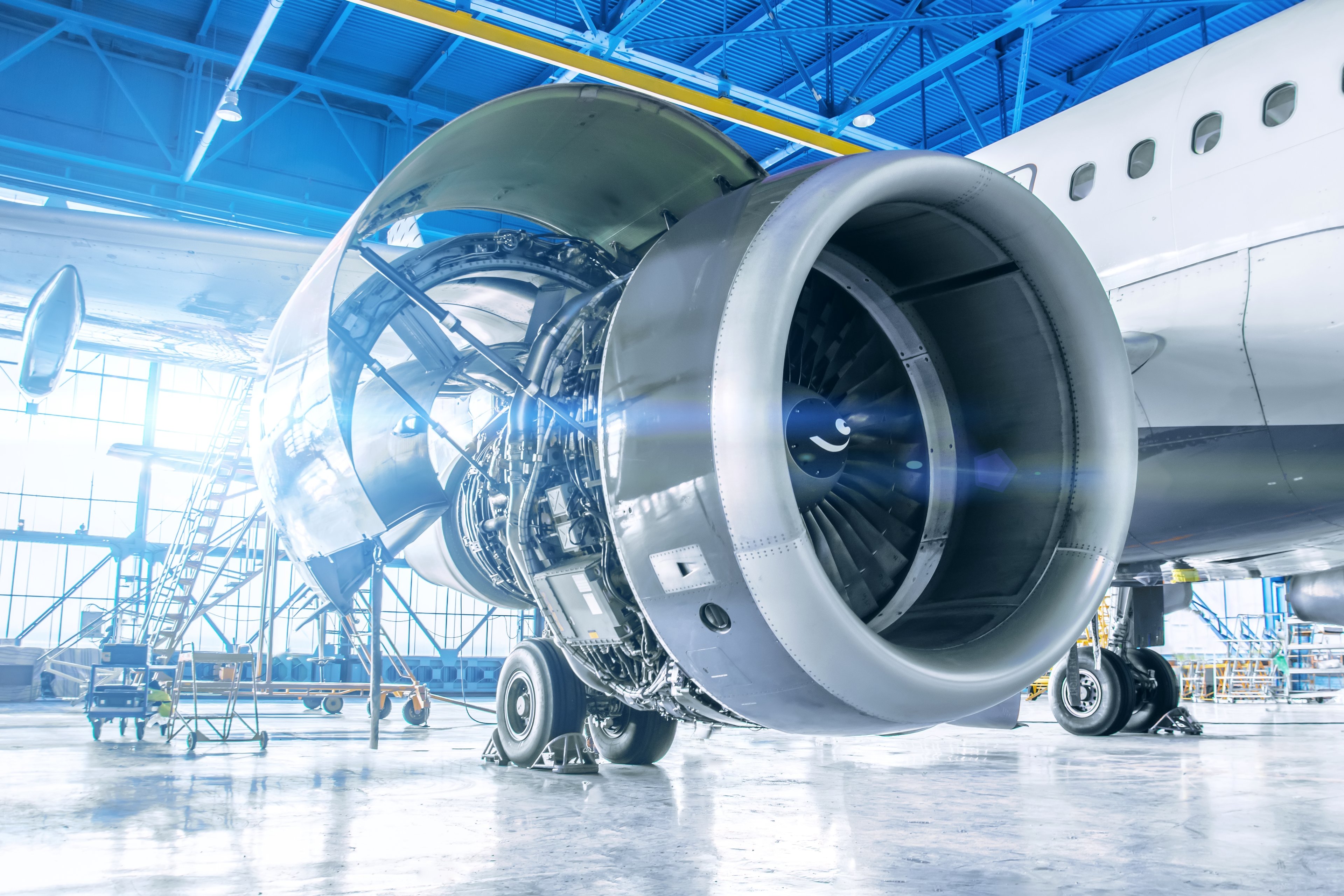In recent years, General Electric (GE 2.71%) has relied heavily on its aviation business as its main profit driver. Strong growth in the global aviation market powered a series of stellar annual profits for GE Aviation, helping to offset weakness in other divisions that are undergoing lengthy turnaround efforts.
As such, the collapse of the global aviation market this year due to COVID-19 weighed heavily on GE's second-quarter results. Fortunately, the impact on cash flow was lower than management had previously projected. Furthermore, there are encouraging signs that the worst may be over for GE.
Predictably poor earnings
General Electric's total revenue fell 24% year over year to $17.8 billion in the second quarter. On an organic basis, industrial revenue declined 20%.
Management noted that many of GE's highest-margin businesses experienced the greatest top-line pressure. GE Aviation was the most notable example, with revenue down 44% year over year, including a 51% plunge in services revenue. High-margin services revenue in GE's power and renewables units also came under pressure.
Even GE Healthcare didn't escape completely unscathed. While the segment benefited from $600 million in revenue from selling ventilators and other products needed due to the COVID-19 pandemic, revenue and earnings still declined due to hospitals delaying nonessential procedures.

Image source: GE Healthcare.
As a result, General Electric reported a quarterly loss of $0.26 per share under generally accepted accounting principles (GAAP). Excluding a variety of one-time items -- some positive and some negative -- GE's adjusted loss per share came to $0.15, compared to a $0.16 adjusted profit per share a year earlier.
The good news was that GE didn't burn nearly as much cash as management had feared. At an investor conference in late May, CEO Larry Culp estimated that GE's Q2 free cash flow could be between negative $3.5 billion and negative $4.5 billion. Instead, GE only burned $2.1 billion of cash last quarter. To some extent, this reflected timing factors, but management also did a good job of rapidly reducing spending to match demand.
The recovery has already begun
Culp and his team have made it clear that it will take a long time for GE's business to fully recover from the pandemic. That said, there are already significant signs of progress.
First, most of the service events that were postponed from the first half of 2020 in GE's power and renewables divisions will take place in the second half of the year. Underlying demand for power has declined a bit, but not enough to hurt the business very much (especially in the long run). Similarly, medical procedures that were delayed earlier this year will take place over the next few quarters, driving a quick turnaround for the healthcare segment.

Image source: General Electric.
Second, aircraft utilization has already improved dramatically. In April, departures were down 76% compared to January for aircraft powered by engines made by GE and its CFM joint venture. Departure totals have since improved to down 43% in July. A recovery in utilization will lead to a greater volume of engine service events, generating high-margin revenue for GE Aviation that virtually disappeared last quarter.
Some U.S. airlines have warned that they may need to cut their schedules further this fall due to rising COVID-19 case numbers and persistently weak demand. However, flight activity (and thus engine maintenance spending) will still be higher than Q2 levels. Moreover, most airlines and industry groups expect the majority of the 2020 capacity declines to be reversed in 2021, although it could take until 2023 or even 2024 to return to 2019 levels.
Investors should be patient
While GE executives were reluctant to provide firm forecasts given the level of uncertainty in the environment today, CFO Carolina Dybeck Happe said that free cash flow will likely return to positive territory in 2021. She even hinted that free cash flow might turn positive in the second half of this year. Thus, the pandemic isn't likely to do significant damage to GE's balance sheet.
Meanwhile, General Electric ended last quarter with over $41 billion of cash on hand, much of which was leftover from selling its biopharma business for $21 billion earlier this year. This cushion ensures that the company won't face a cash crunch.
Clearly, GE's turnaround will take longer than previously planned. But management's aggressive actions to make the conglomerate leaner -- both before and during the pandemic -- pave the way for a huge increase in profitability as demand returns over the next several years.






